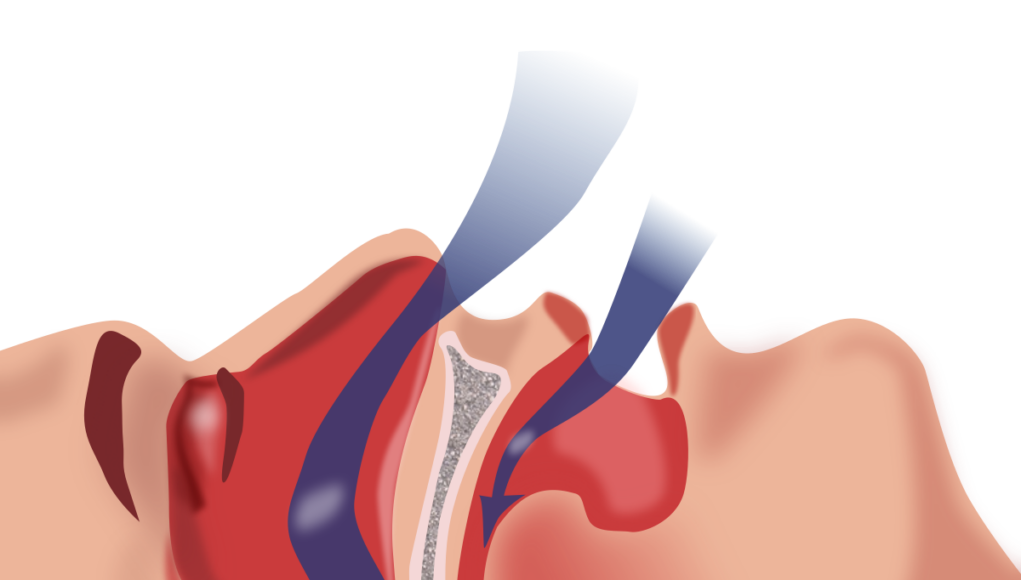Many people were horrified to learn that he died as a result of complications from obstructive sleep apnea (OSA). Because the life-threatening medical illness is sometimes misdiagnosed as a snoring issue, we explain what OSA is and how it affects individuals who suffer from it. Obstructive sleep apnea is the most prevalent sleep-related breathing problem, and it happens when a person’s breathing stops and resumes regularly while sleeping. Snoring loudly and/or feeling fatigued even after a full night’s sleep are common symptoms of sleep apnea. Breathing problems might last anywhere from a few seconds to many minutes. It might happen five to thirty times in an hour, or even more.
“When the airway collapses, restricting the movement of air into and out of the lungs, breathing usually stops. The episodes can also be caused by an issue with how the brain controls respiration. With the right therapy, sleep apnea may be controlled. However, if it is not discovered and treated, it can lead to heart disease and other significant health problems, according to Dr. Manav Manchanda, director of the Asian Institute of Medical Science in Faridabad.
While the disease might go unnoticed for years, there are various ways in which it can damage one’s health. “People with OSA snore loudly, disrupting sleep quality and quantity.” The oxygen delivery to the various bodily organs is disrupted when the blockage is severe, resulting in apnea (stoppage of breathing). They have a number of neuropsychiatric symptoms as a result of the lack of oxygen, including fatigue, daytime drowsiness, irritability, and loss of attention. Santosh Bangar, senior consultant psychiatrist, Global Hospital, Parel, Mumbai, adds, “It is a major cause of divorce and road traffic accidents.”
Sleep apnea may affect people of all ages, including infants and children, although it is more common in adults over 50 and those who are overweight. “There are a few physical characteristics and clinical aspects that are common: “Excessive weight, a big neck, and anatomical anomalies that reduce the diameter of the upper airway, such as nasal blockage, a low hanging soft palate, swollen tonsils, or a tiny jaw with an overbite,” explains Dr. Sanket Jain, consultant pulmonologist at Masina Hospital in Mumbai.










